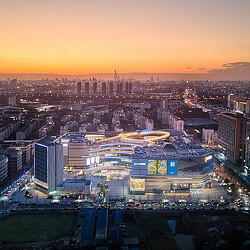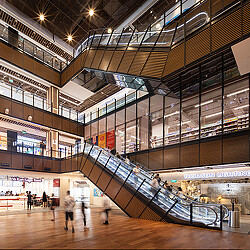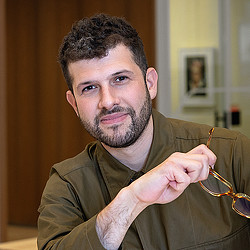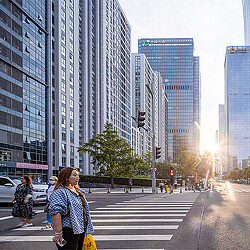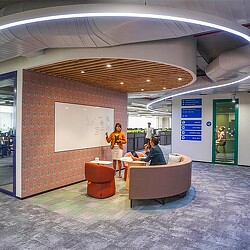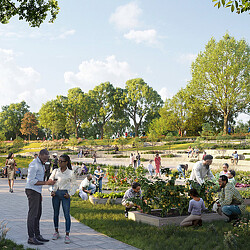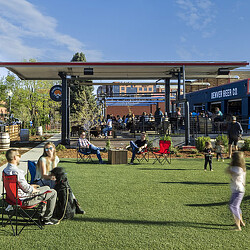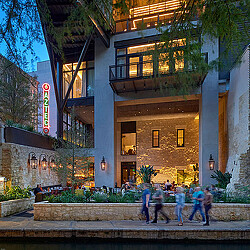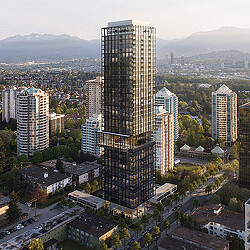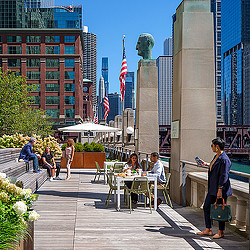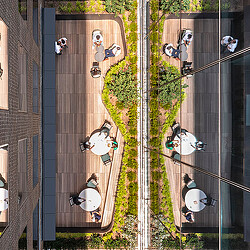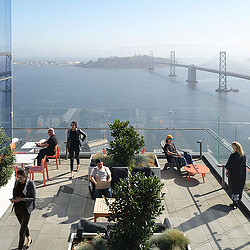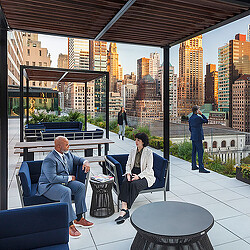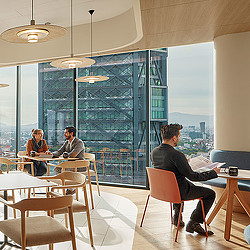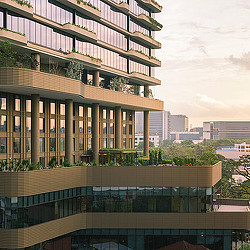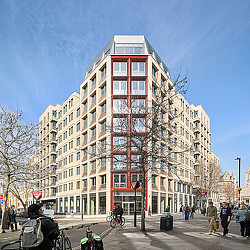What Draws People to Cities — and What Makes Them Stay?
Gensler’s City Pulse 2025 research offers insights into the factors attracting people to cities and compelling them to stay.
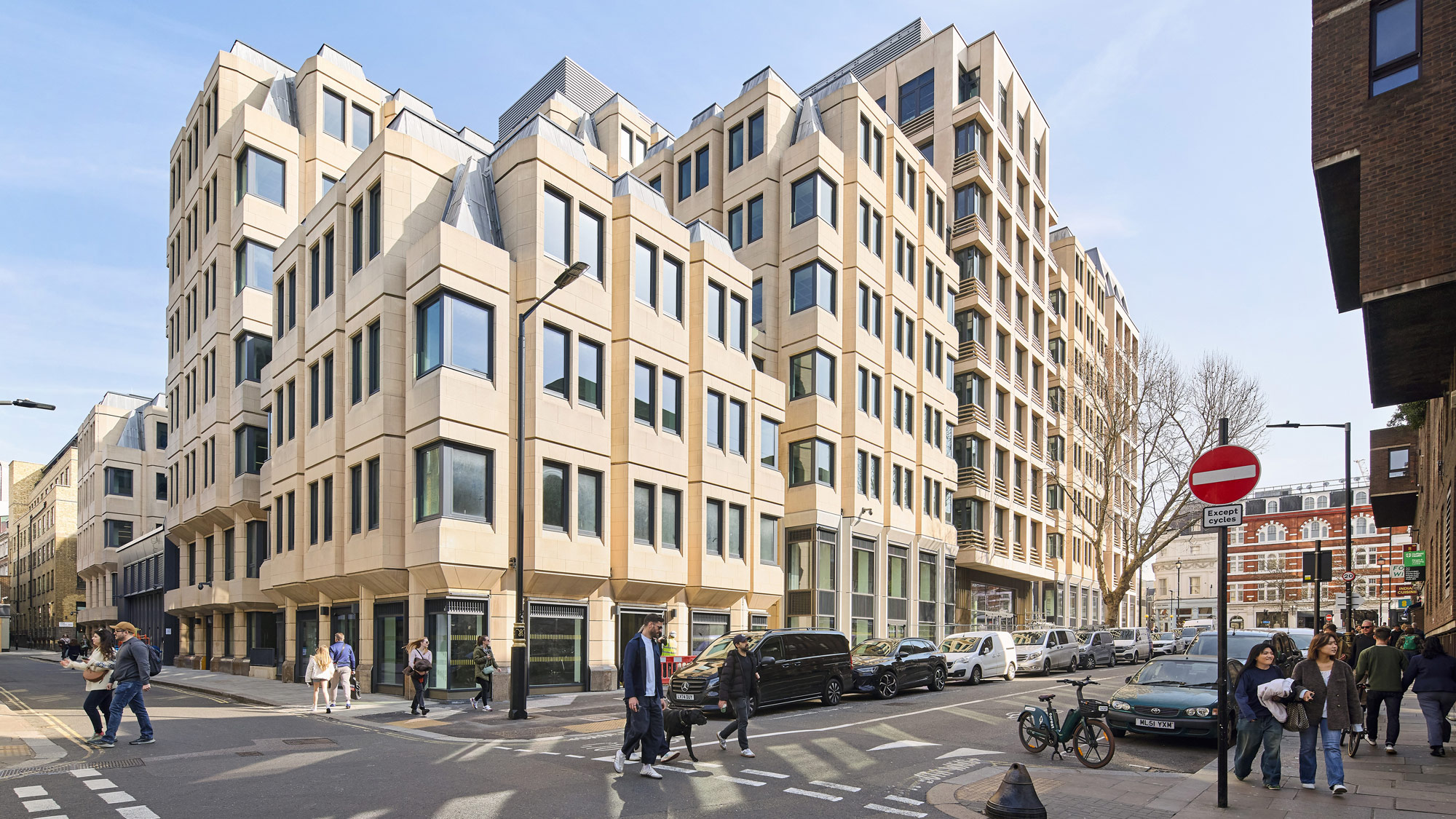
What are the factors that draw people to a city? And which qualities make them want to stay? These questions are at the heart of Gensler’s City Pulse 2025, a new global study of 33,000 people across 65 cities that unpacks the qualities that make cities magnetic for new and existing residents.
In today’s volatile world, threatened by climate change, a decline in birth rates, and spiraling inequality, it’s more important than ever to understand what drives urban migration and what helps cities retain their residents. From Lagos to London, Tokyo to Toronto, the report reveals how factors such as affordability and access to high-quality healthcare, as well as intangible elements like a sense of pride or belonging, affect people’s decisions to move or stay in urban areas.
Across all 65 global cities, we’ve learned that the most magnetic cities do two things above all: they attract residents with security, and they maintain populations by fostering attachment.
What Pulls People In
One in 10 people plan to move to a new city within the next year, while a third plan to make a move at some point in the future. Where they choose to go next is determined largely by one thing: security.
The most magnetic cities excel in providing a secure quality of life for new residents:
- Financial Security: Affordability and job opportunities help residents to secure their livelihoods and be economically resilient.
- Physical Security: A sense of safety from crime and access to high-quality healthcare allows people to enjoy their cities without fear while being confident that their well-being is supported.
While the precise hierarchy of importance between these three elements varies by region, our research shows that these basic needs are always the greatest draw for new residents. The only exception to this rule is families with children, for whom the quality of local schools is a key factor in selecting a new city.

What Makes Them Stay
While people are drawn to cities by basic material and safety needs, their decision to stay is shaped by much more intangible factors, such as personal relationships and emotional security, in addition to physical and economic safety.
Similarly, the local vibrancy and people’s personal attachment to place are key factors that keep people rooted to their city and compel them to stay. Long-term attachment to cities is built through emotional connection. A city becomes “home” when it inspires pride, offers moments of joy, and fosters a true sense of belonging.
1. I don't feel bored in my city.
2. I feel at home in my city.
3. I am proud of my city.
4. My city is getting better as a place to age.
5. My sense of belonging has grown over time.
Belonging isn’t a “soft” idea. It is a core urban asset. Places where people feel anchored and empowered are more stable, more resilient, and more innovative. Cities are most magnetic when they allow people to not only make a living but also build a life.
How to Build for Urban Magnetism
Cities must become magnets for diverse populations at every life stage, from young professionals to established adults, families with children, and older adults. The successful cities of the future will not only need to attract top talent — they must also foster an environment where residents want to stay.
The most magnetic cities are those that:
- Provide a reasonable cost of living.
- Connect rather than separate.
- Expand access to high-quality healthcare.
- Create experiences that engage residents and foster emotional connection.
- Restore the natural environment rather than destabilize it.
- Design for safety and neighborhood cohesion.
- Are compact and walkable rather than sprawled and isolated.
- Prioritize authentic experience and urban vibrancy.
- Adopt climate resiliency programs to protect residents from severe weather.
Investing in these qualities of good urbanism helps cities thrive and become magnets for new and existing residents. To attract new residents and retain existing ones, cities need to create emotional connections and vibrant experiences that instill civic pride and belonging, where people feel at home. Every city is different. But every city can be magnetic.

For media inquiries, email .




